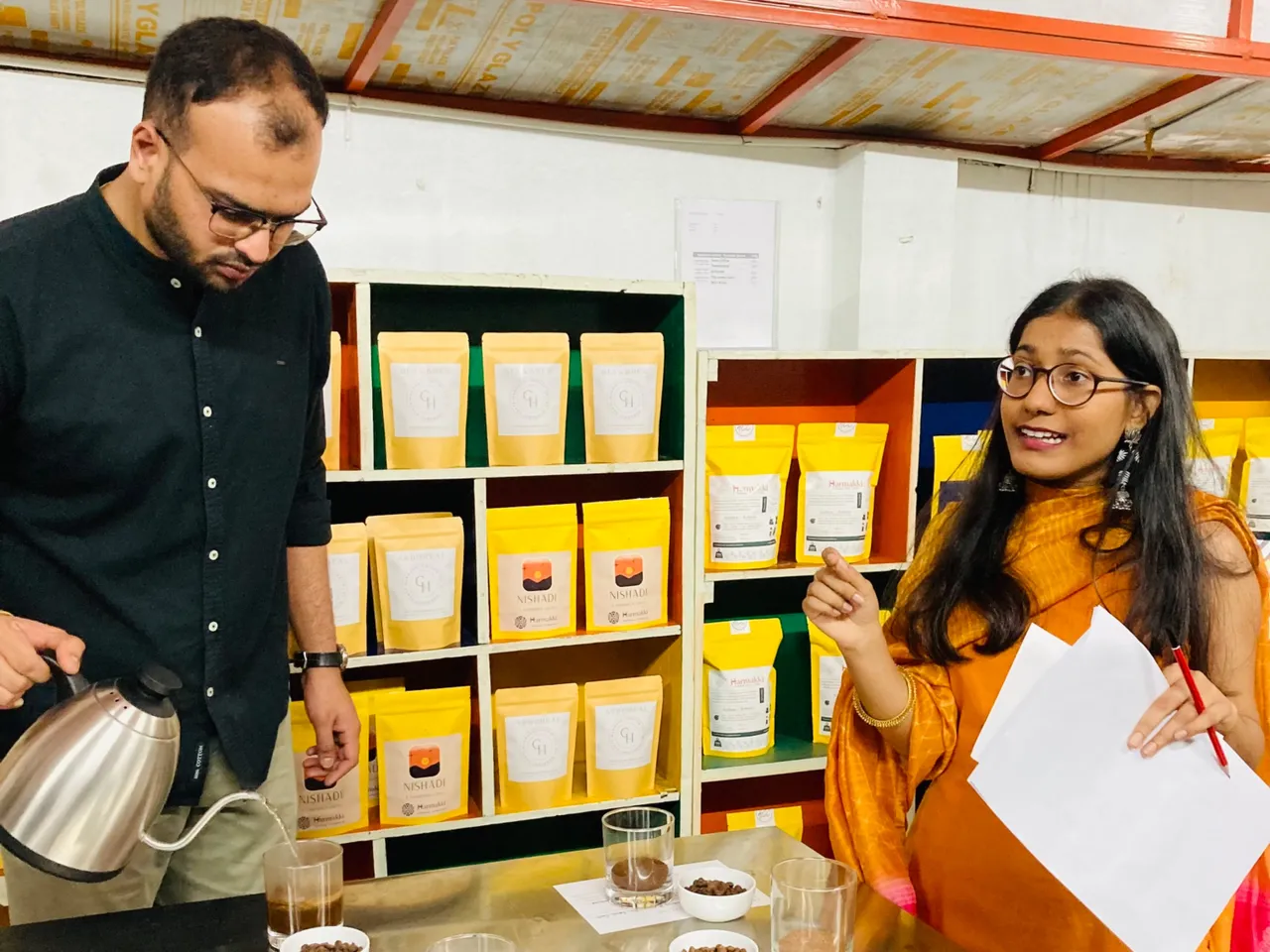
Last year, I collaborated on a coffee cupping event with Harmakki coffee company in Malleswaram, Bangalore. This charming little cafe is owned by Prajwal Singh, a long time, friend and mentor from the early days of my specialty coffee journey. Prajwal is not only a coffee planter, but also a roaster and cafe owner, deeply involved in every aspect of the coffee business. It’s inspiring to see his dedication and expertise shaping the local coffee scene.
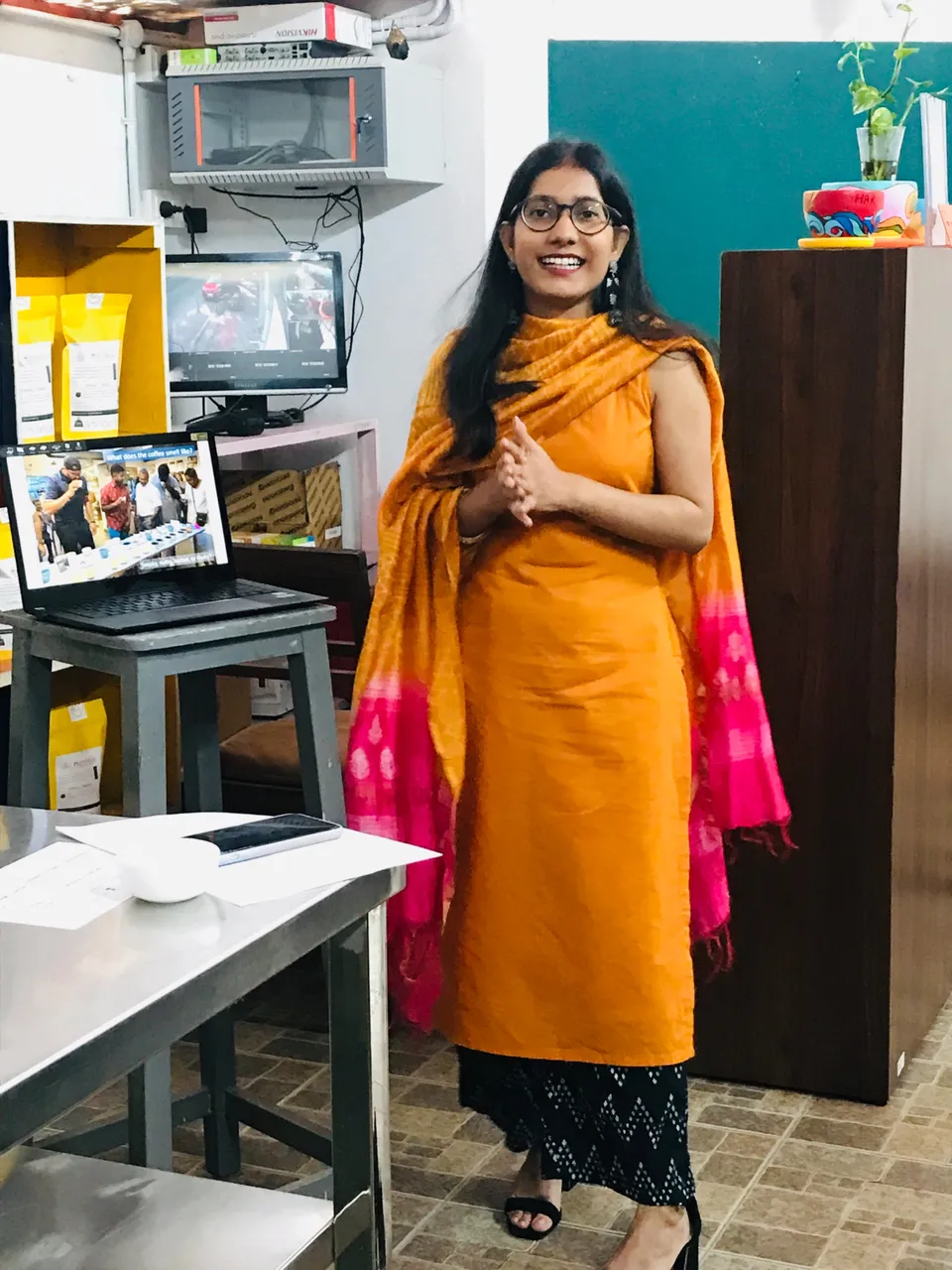
For those who are new to my blog, I am Lynn Mascarenhas, also also a coffee planter dedicated to producing specialty coffee. I focus on creating quality, uniquely processed beans, which I often showcase at various cafes. At Harmakki, I presented six coffees we’ve been working on, all roasted to perfection by Prajwal. The event attracted many customers, eager to learn the art of cupping and experience the distinctive flavours of our beans.
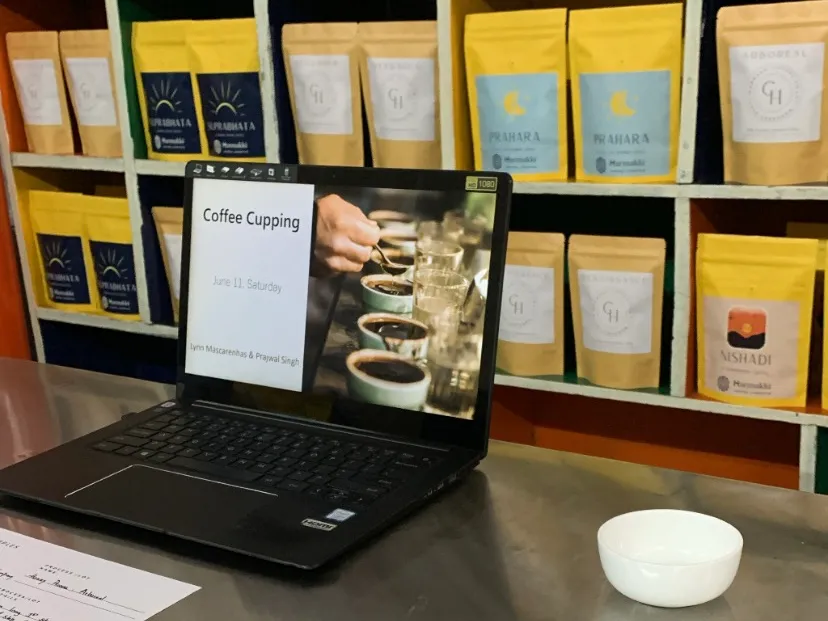
The event was scheduled to start at 5 PM and end by 6 PM. However, as coffee enthusiasts, our conversations naturally extended beyond the allotted time. He delved into intricacies of coffee, discussing not just the tasting notes, but also also the stories behind each bean.
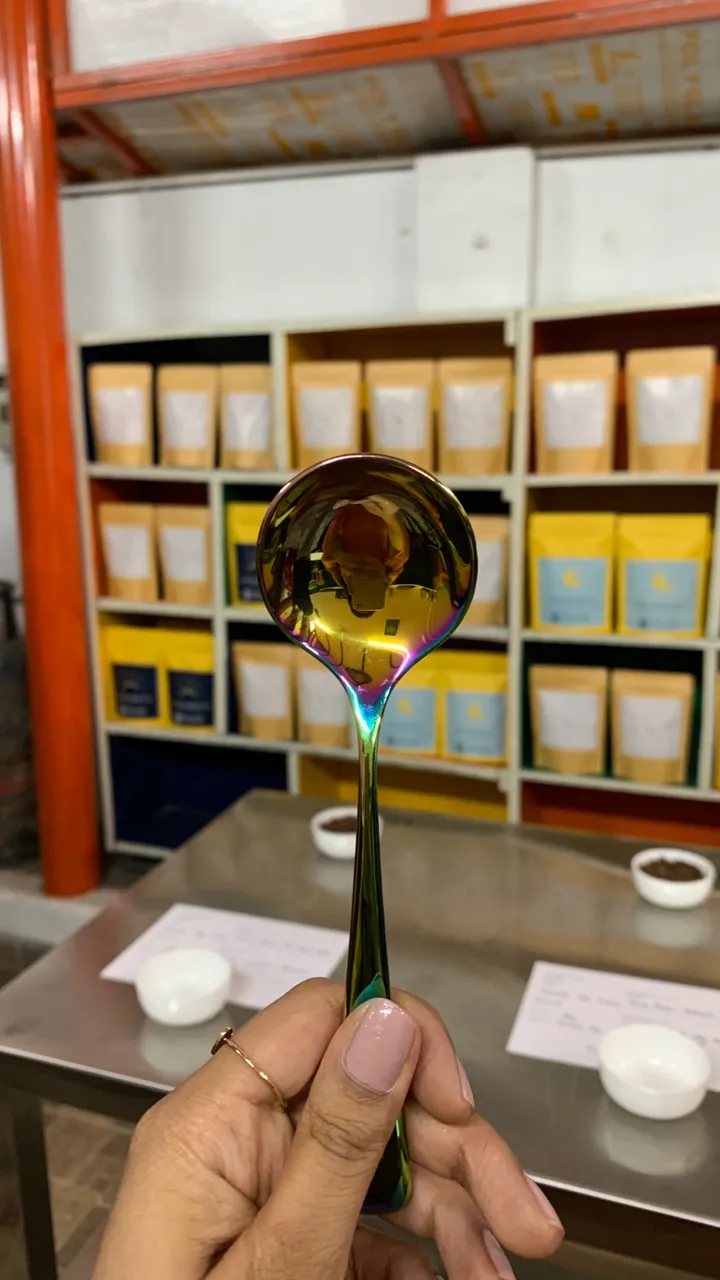
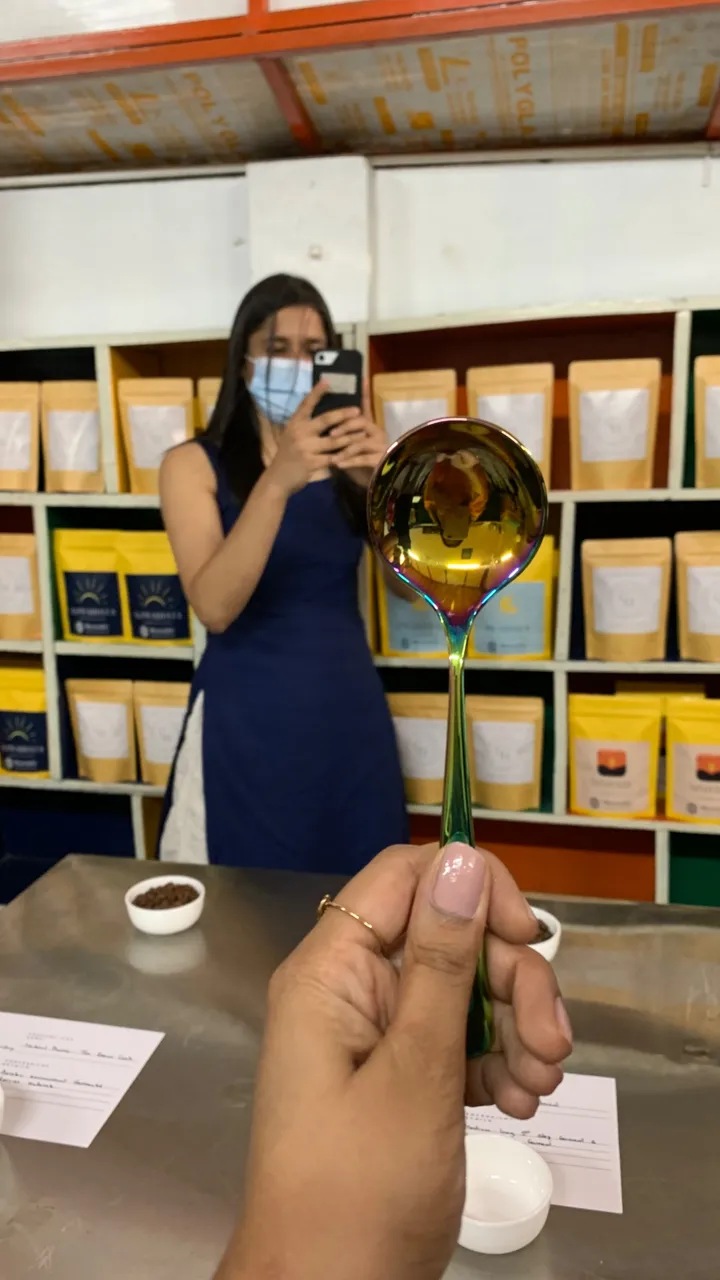
Before the Coffee guest arrived, Prajwal, and I took some time to capture pictures of the cafe set up for the cupping event. we were particularly thrilled to use my new cupping spoons for the first time. I had bought ten spoons to help the attendance, slope, the coffee in a professional manner and understand the flavours more clearly.
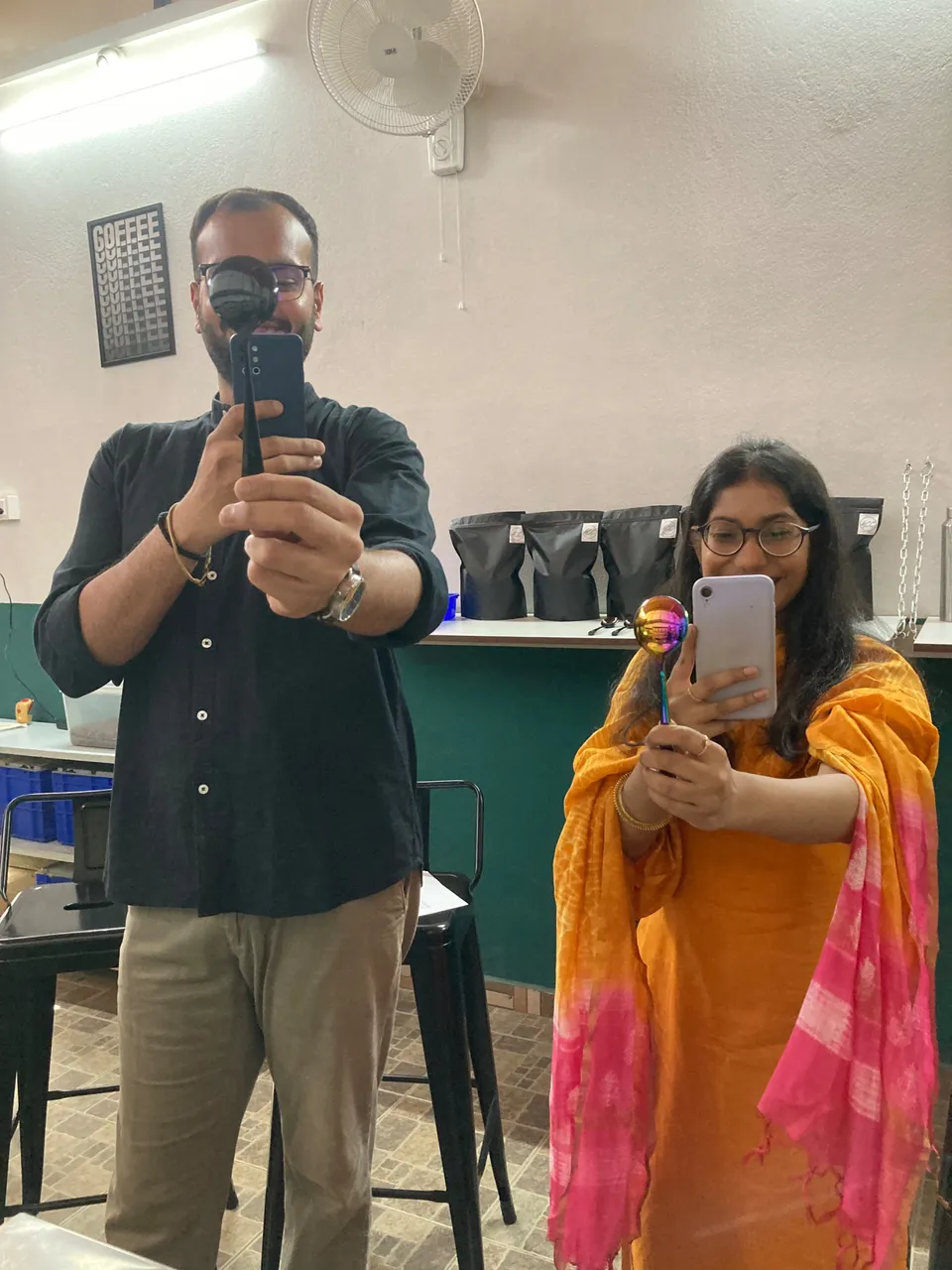
These new cupping spoons arrived just in time for the event. These speciality coffee tools are manufactured to meet SCA standards and made from high-quality stainless steel. One of the spoons was multicoloured, while the other was black, featuring the company’s logo.
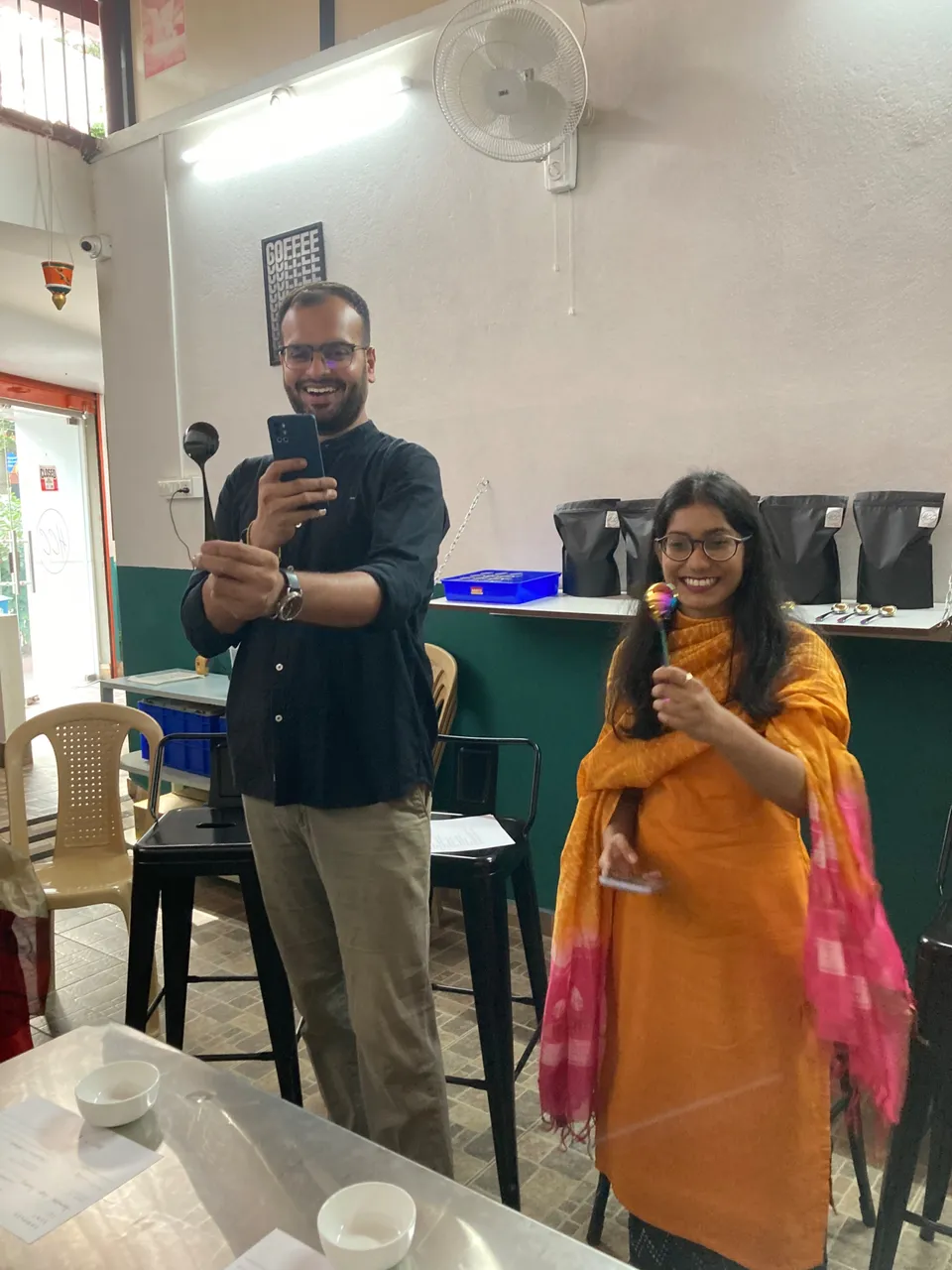
As you can see, we were filled with leaf to see the spoons, we admire the exquisite craftsmanship and attention to detail. Before introducing the six coffee lots, need distributed cupping sheets to provide a detailed understanding of specific terms and to collect feedback on flavour, profiles and overall impressions of the brews.
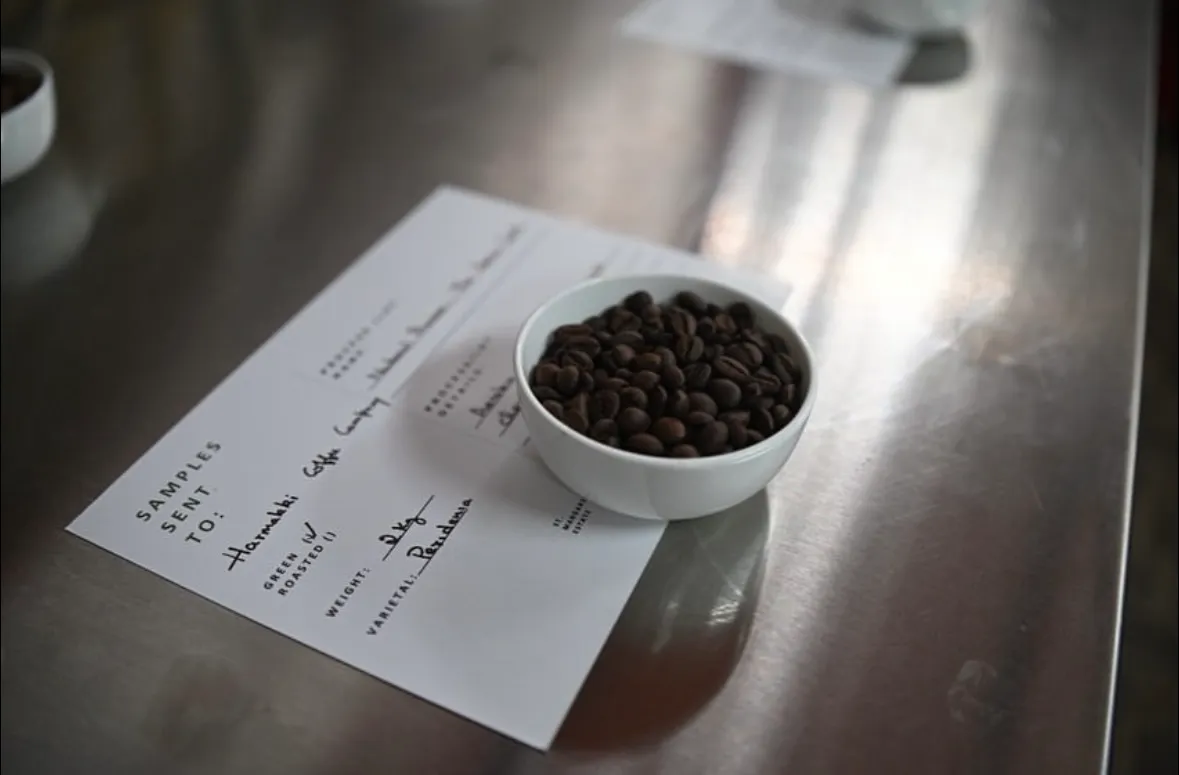
The roasted beans were miraculously labelled with card details to document the process, roasting style and additional information. The roasting for cupping is a specialised art, revealing its full potential only when even sample is approach for its unique complexities.
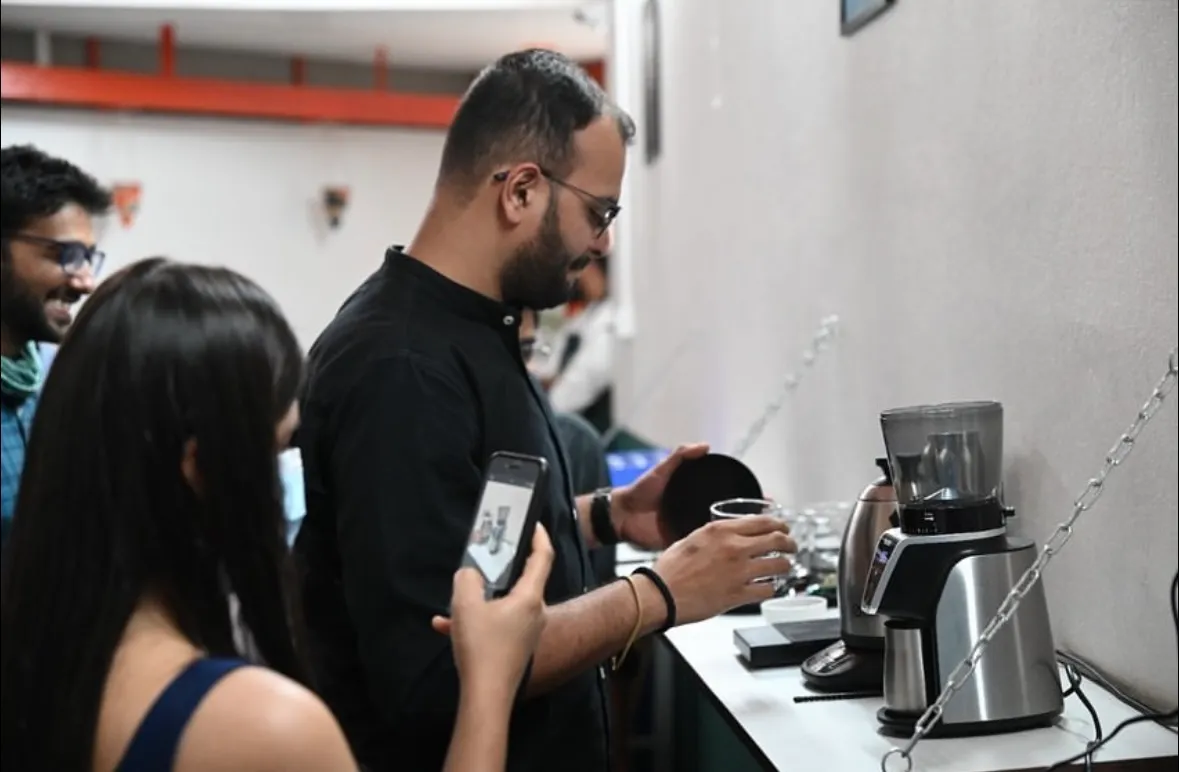
Everyone wanted to see Prajwal grinding the coffee beans, the entire room with a fine aroma. He used a burr grinder, which is the designed to grind coffee consistently and uniformly, high-quality coffee. The grinds were placed with its own corresponding cards.
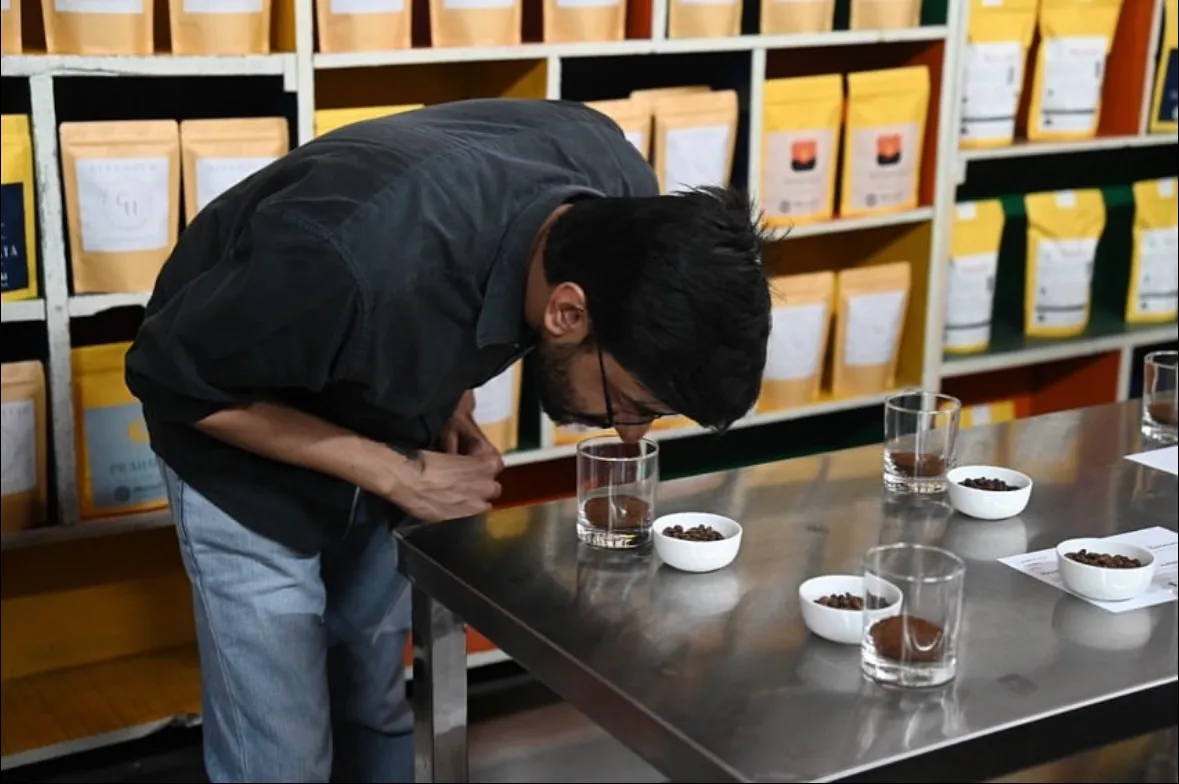
Did you know your nose can pick up one trillion different aromas? But your mouth can only distinguish five tastes - sweet, salty, bitter, sour and Umami.
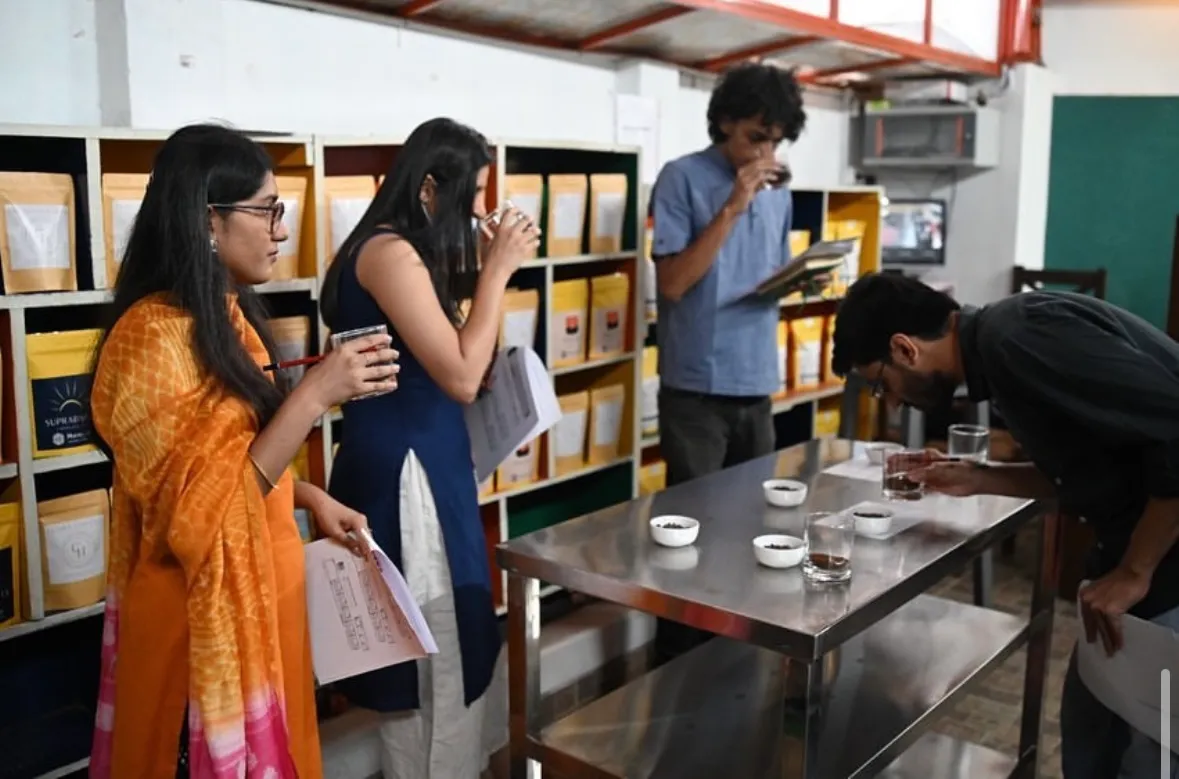
The participants began to take in the diverse aromas, noticing that each brew had its own unique scent. Some detected the fragrance of figs, while others noted subtle floral hints of Jasmine. They were playful aromas reminiscent of hazelnut and peanut, as well as sweet caramel scents. Occasionally, they picked up hints of spicy nutmeg or cinnamon. A few brews offered a damp aroma into fresh coffee grounds. Fortunately, none of the brews had the unpleasant roast aroma, often associated with brown sugar, smoke or burn tires.
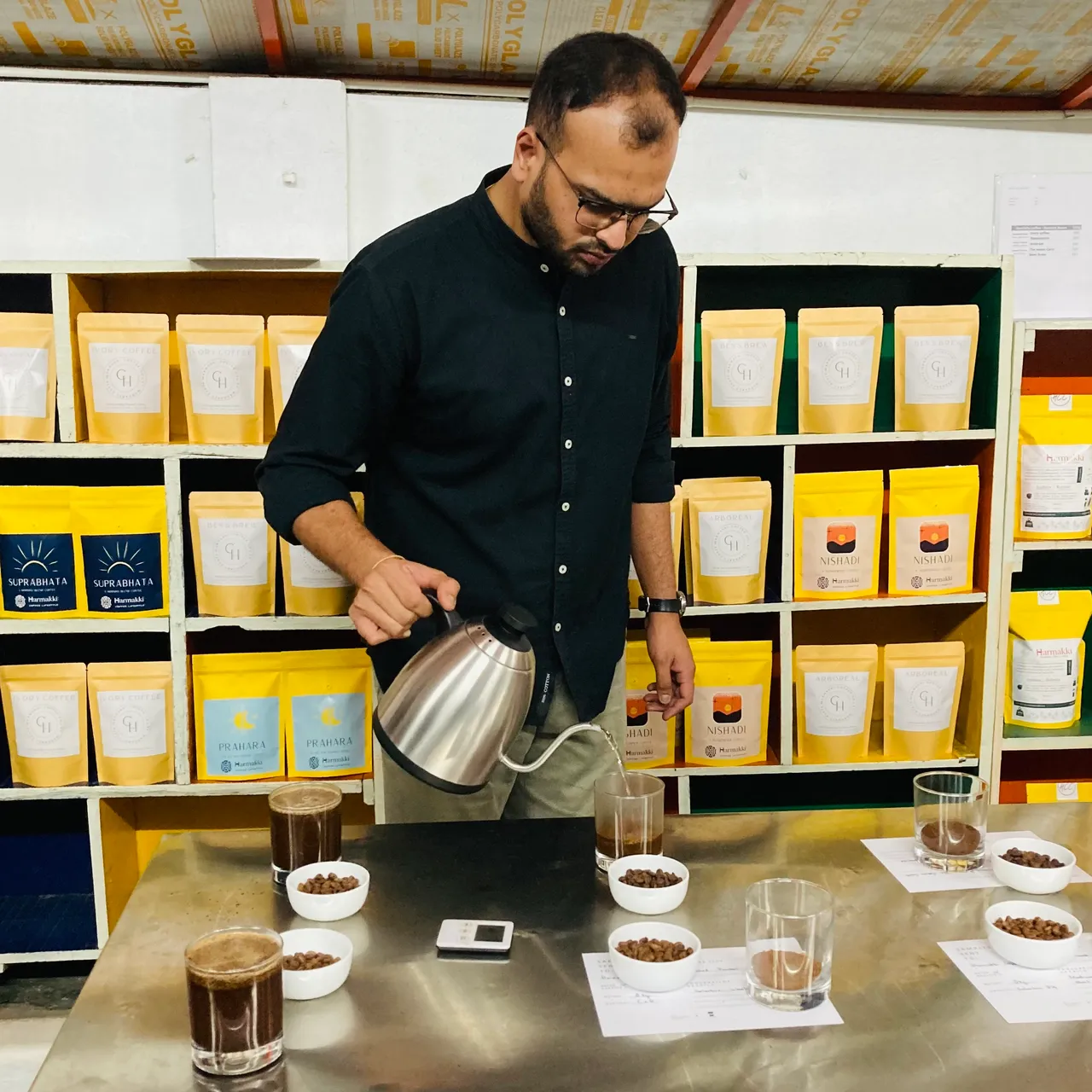
When the dry aroma was assessed, hot, water was added to the ground coffee and allowed to steep for four minutes. Since he had a little time to spare, he discussed what they needed to fill in on the paper after the next step. Given the limited time remaining after the next step, a continuous number of slurps would be taken to understand the acidity, body, uniformity and cleanliness in the cup.
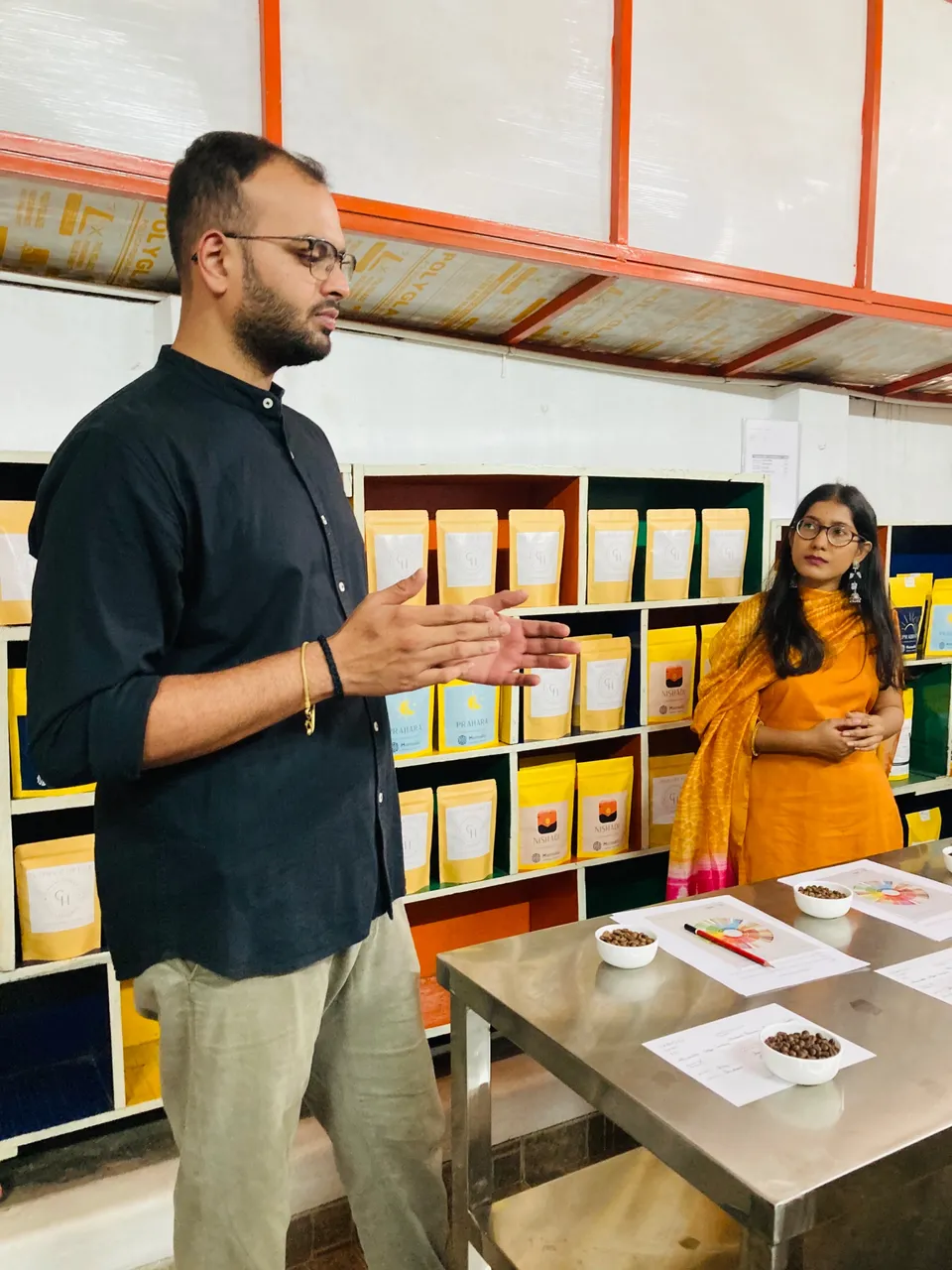

The participant discuss among themselves, the poems they hadn’t understood clearly and asked a few questions, which helped clear your doubts and made things clearer. They also wrote about terms like aftertaste and uniformity, preparing to dive into the slurps.
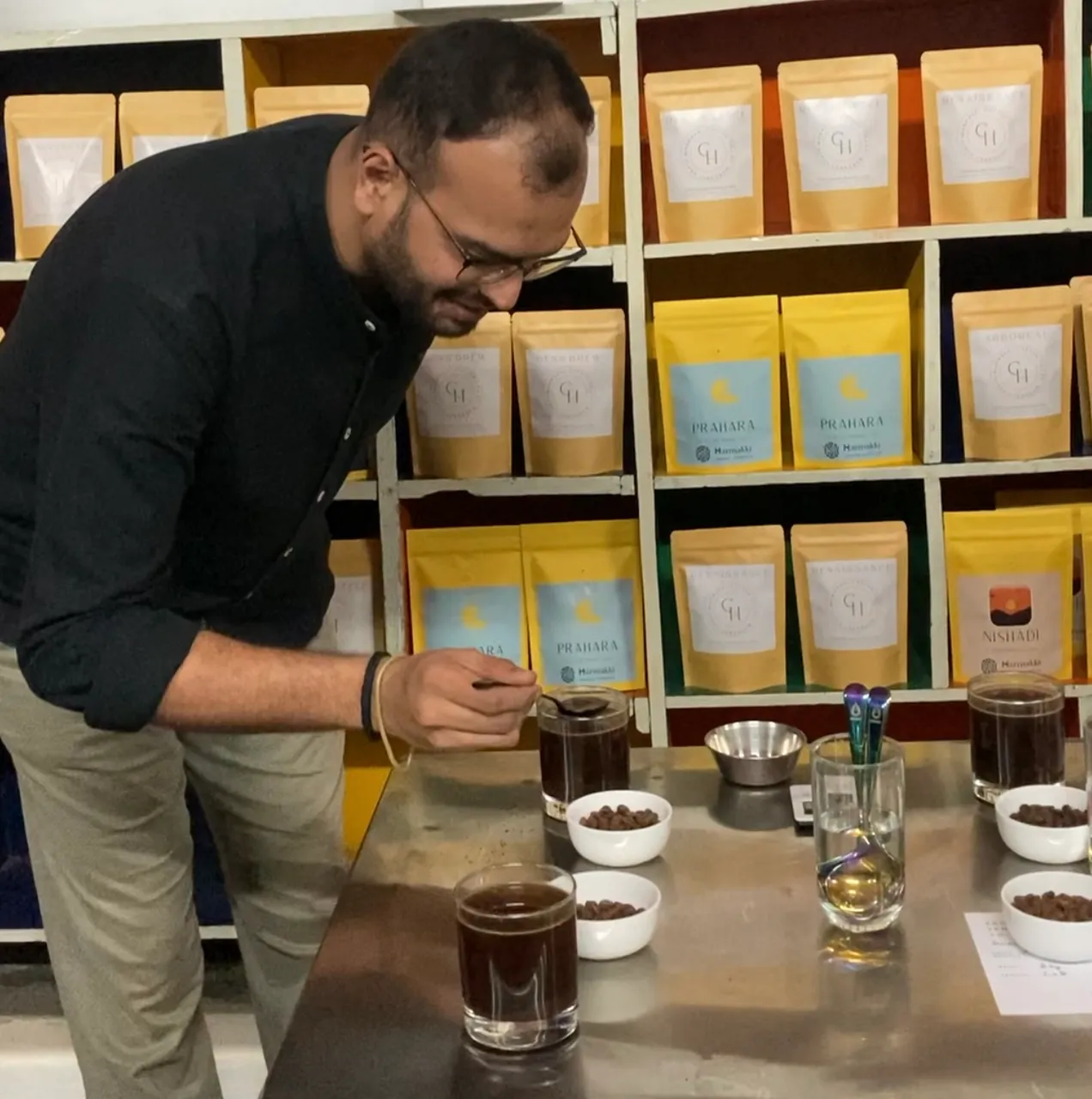
Prajwal demonstrated how to break the crust. Cross the forms on top of the cupping ball is essentially a collection of ground, coffee and volatile aromatics that are no longer being extracted. Breaking fast is done by using 2 cup spoons. Ensure your nose is about the cup while doing this, as breaking the crust releases a much denser aroma that can be noted.
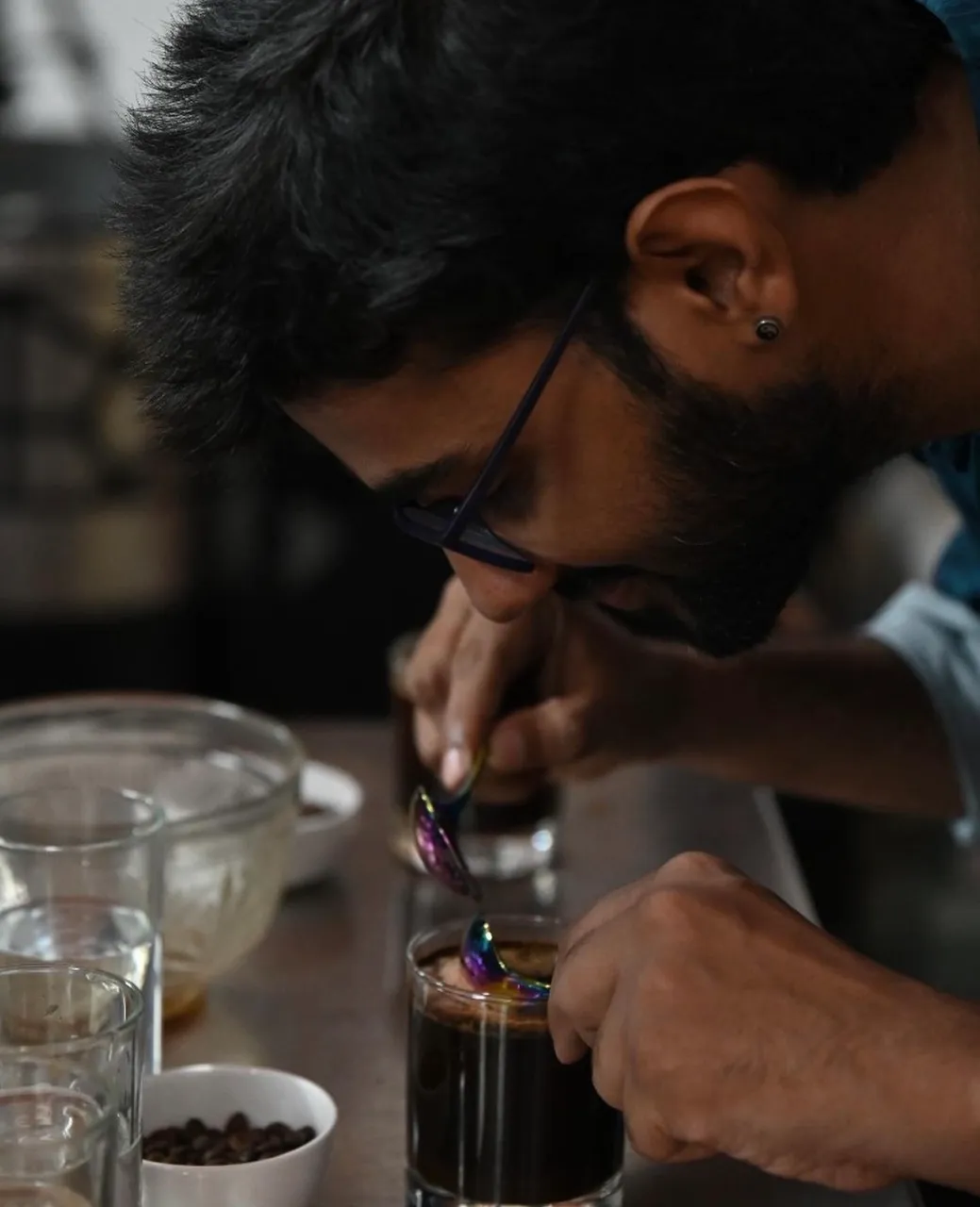
It was a sublime experience to watch fellow enthusiasts breathing deeply to unleash the diverse coffee aromas that are present in each sample. Often, they compare the coffee samples that under various processing techniques or even how unique they were. This was indubitably one of those events that gave producers to learn more about their own coffee in terms of the flavour profile.
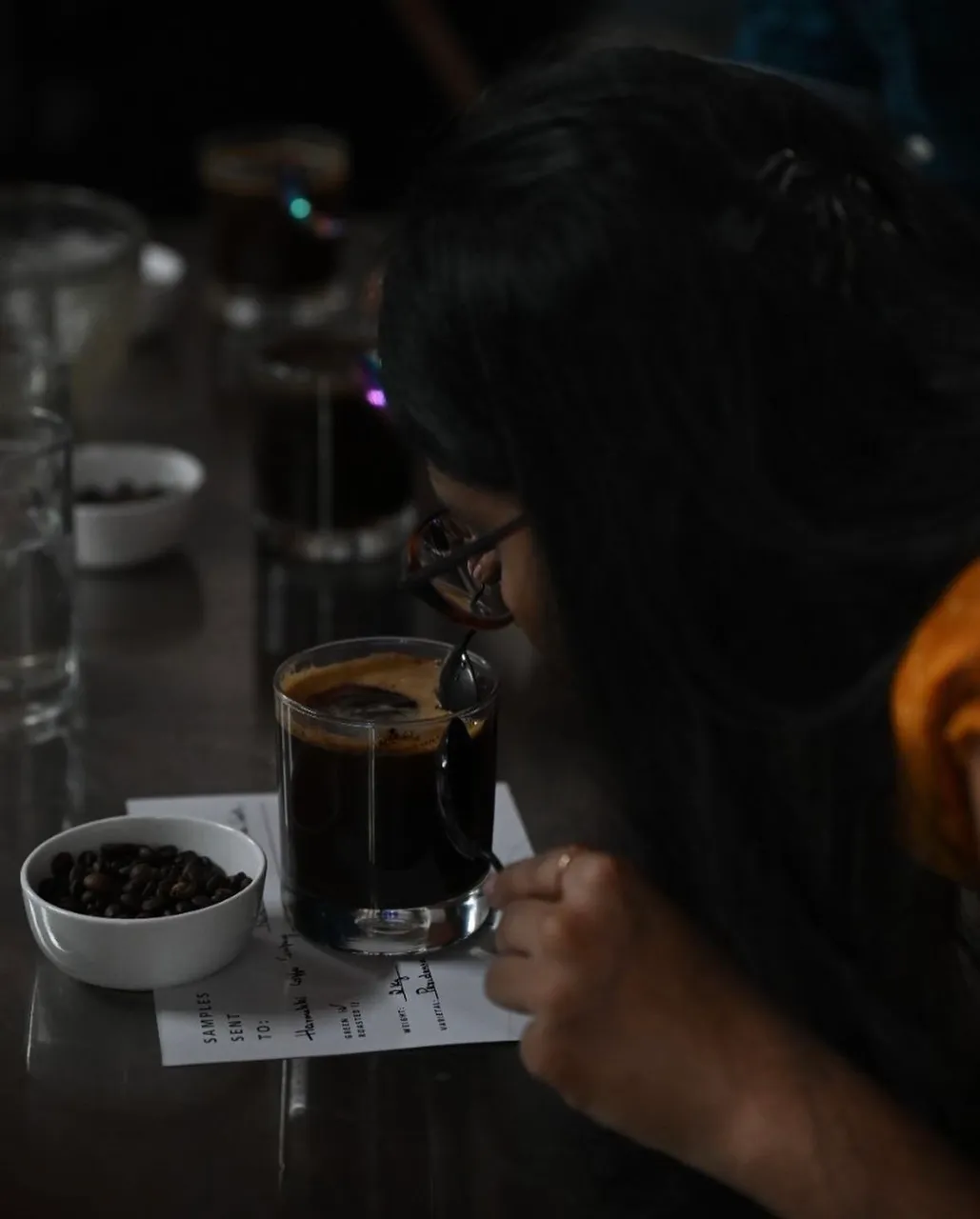
As you can see, I was also cupping these coffees along with them. It’s not that I have not got his coffee before with Prajwal, but to give them company and also to see what are the notes that are being hinted.
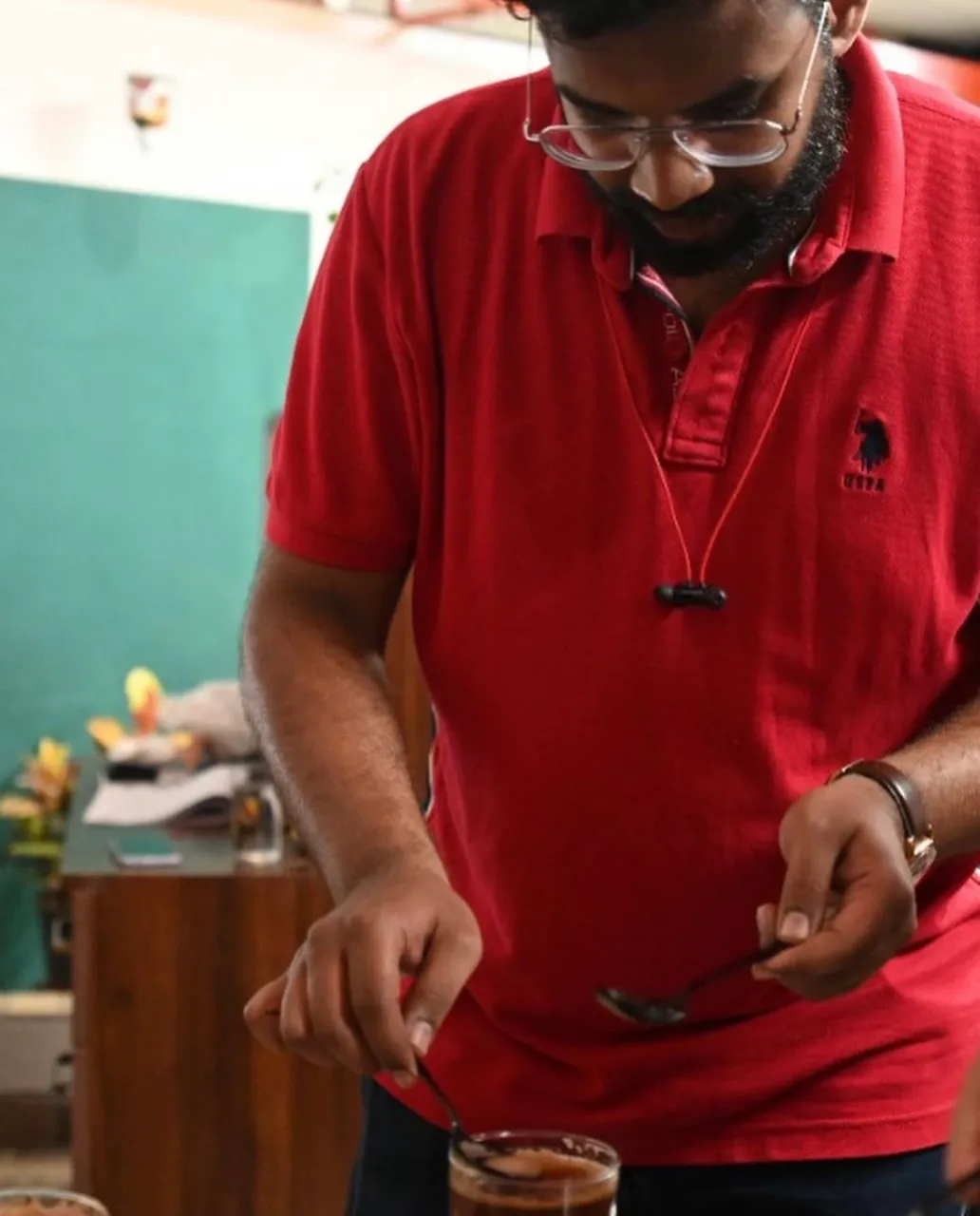
Prajwals friend, who was also shooting the entire event wanted to taste the subtleties within the cup. The first coffee that kept was a natural coffee, which was roasted to medium to get the fruity flavours which was pleasant on the palate.
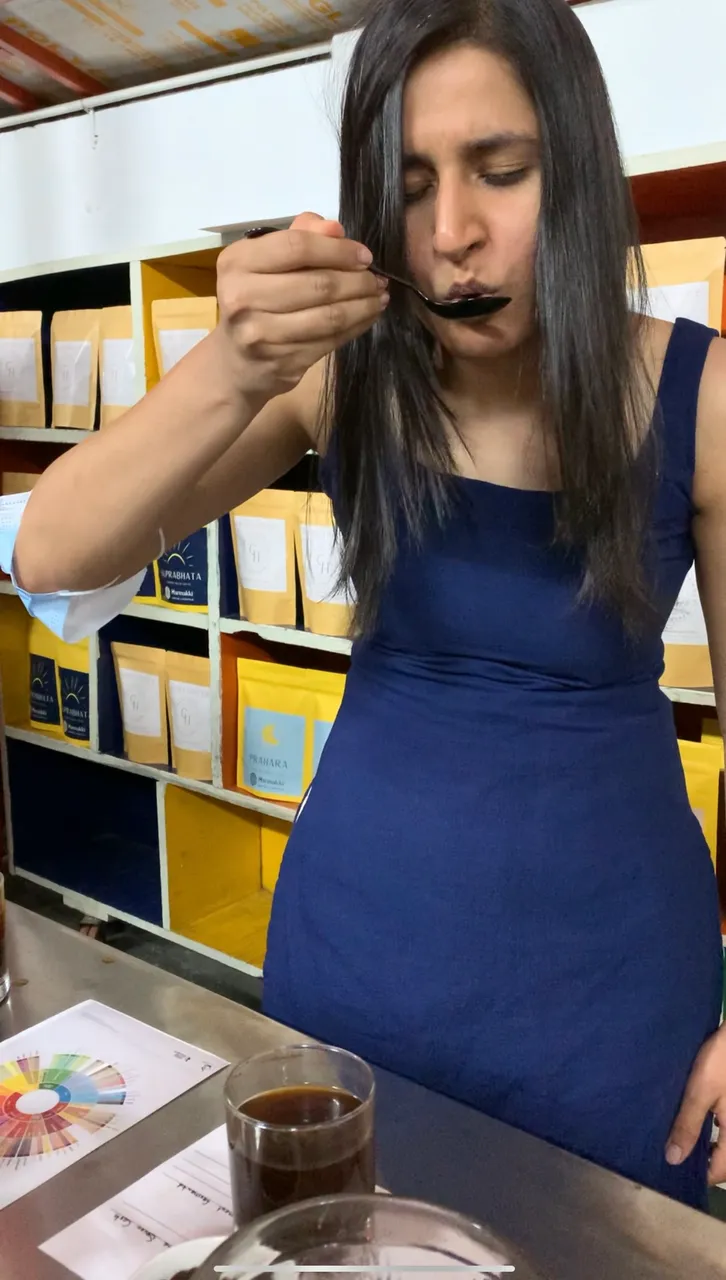
Taste the subtleties 🥄
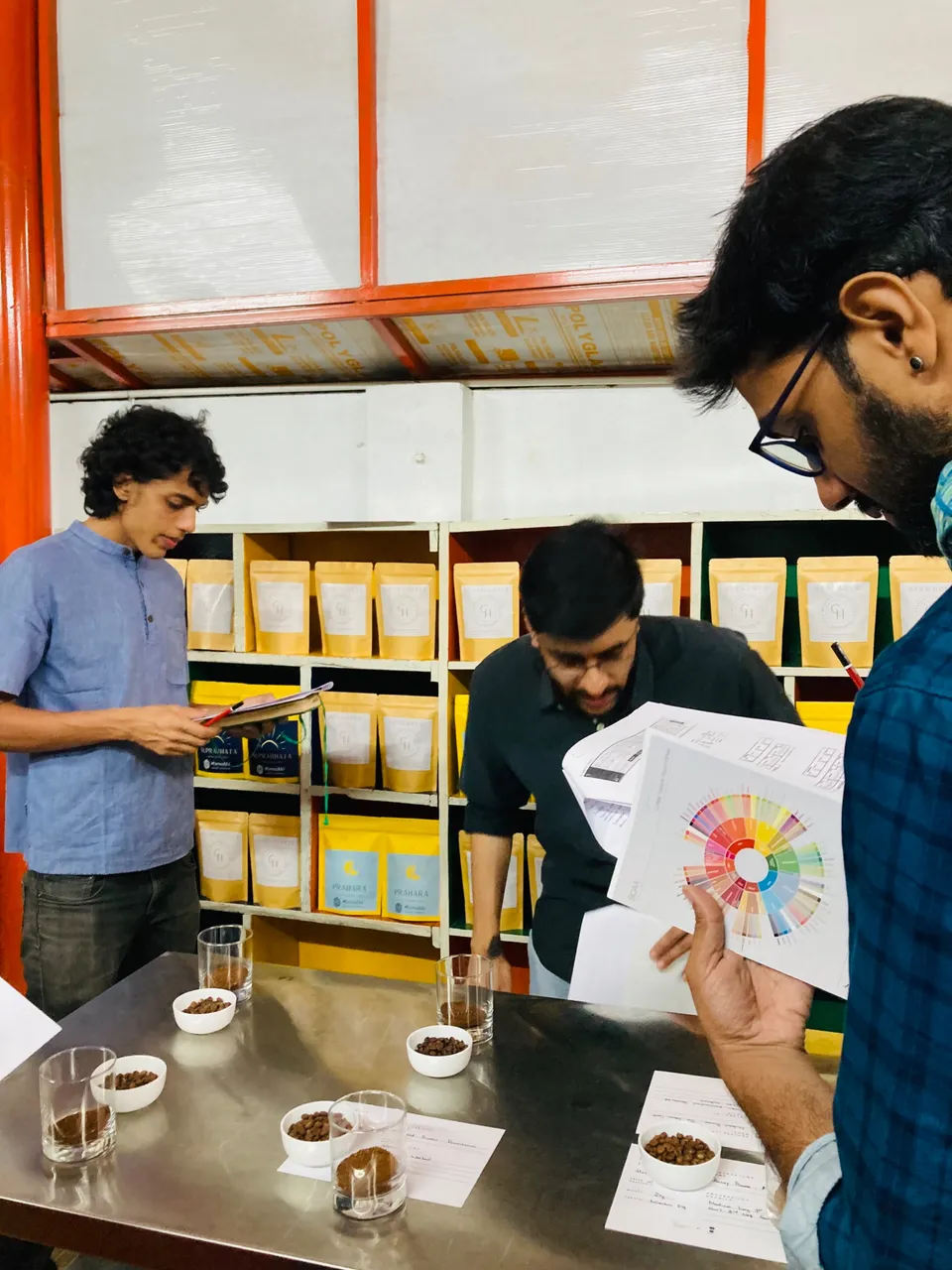
The next coffee was a honey-processed coffee, which was fermented for a longer period to bring out a mellow, sweet, nutty flavour with a hint of spice. This fermented coffee was bagged for almost 24 hours, allowing the pulp of the beans started to oxidising. The longer the coffee fermented, the thicker the pulp became. The sweetness from the pulp allowed the beans to secrete by-products.
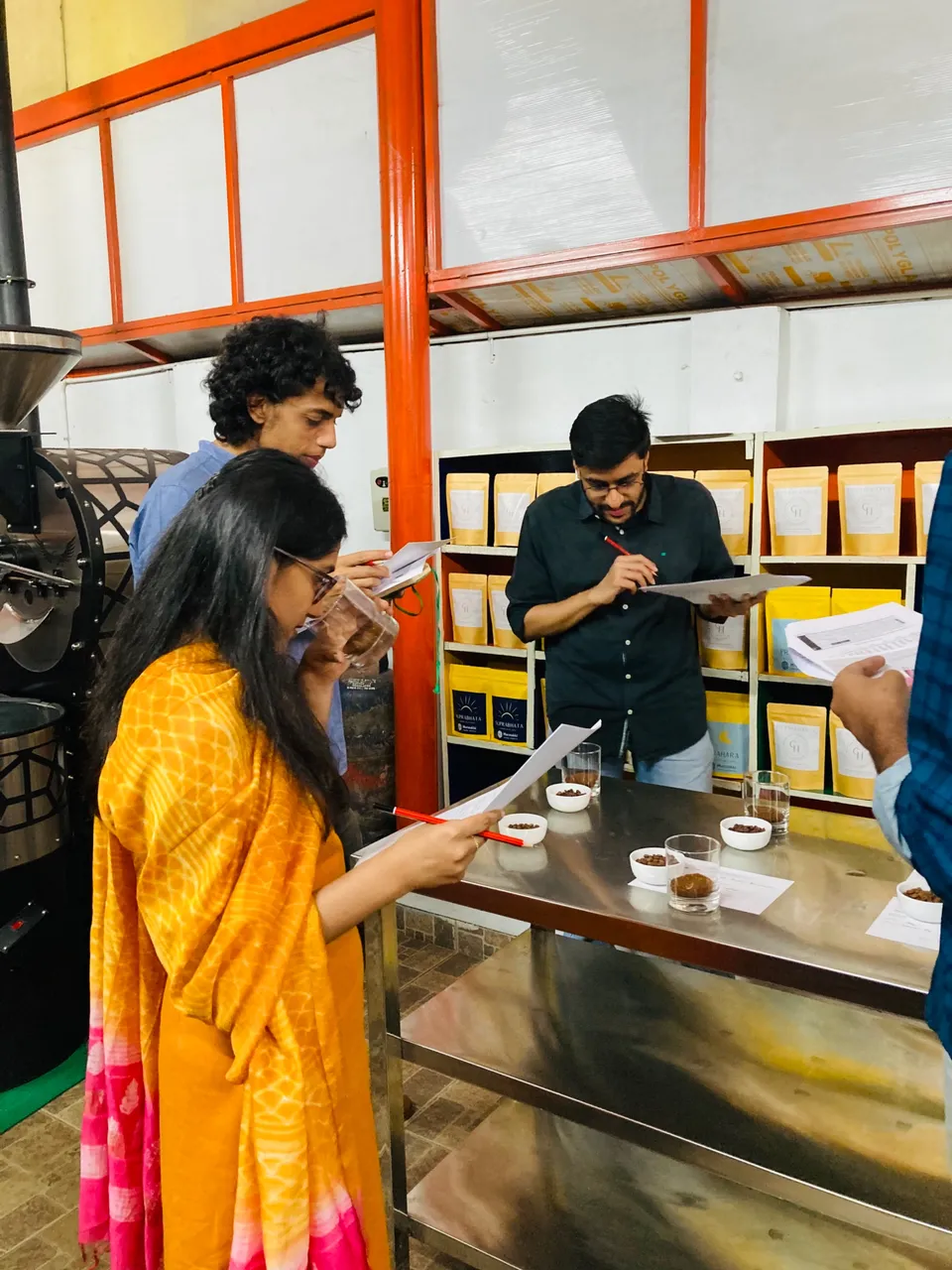
After tasting all the coffees, we stood together and discussed each participant’s perception of the specific coffee. This helps in understanding the thought process behind the various flavour profiles that emerged through their interactions.
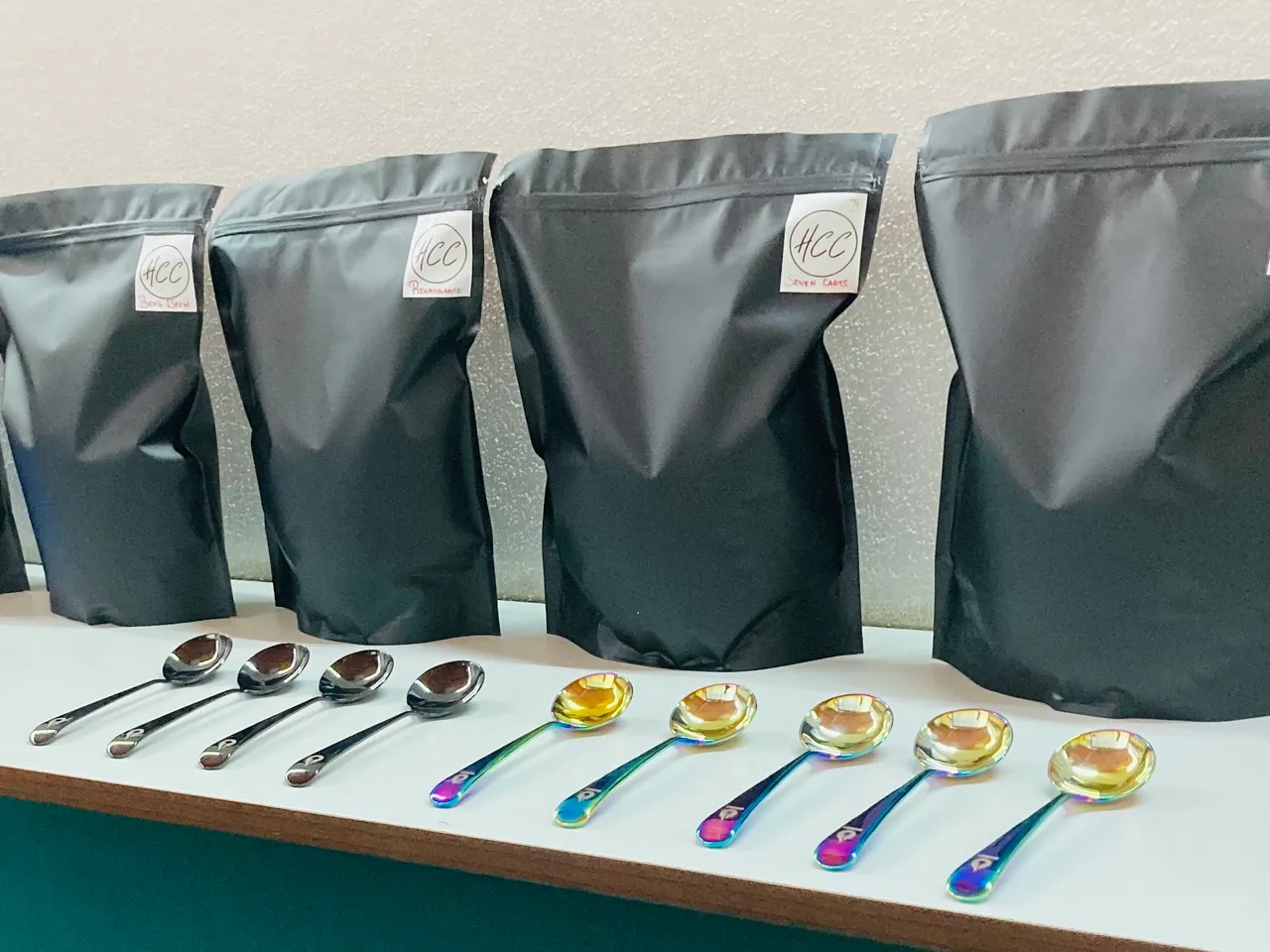
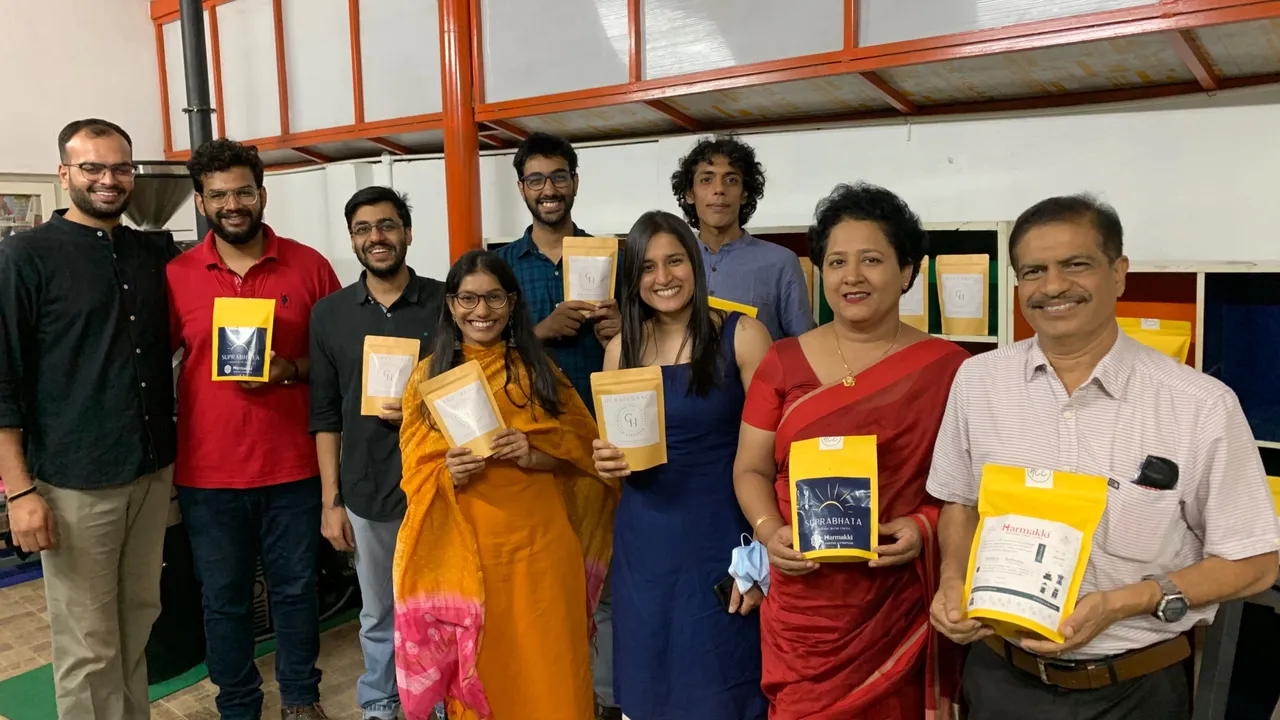
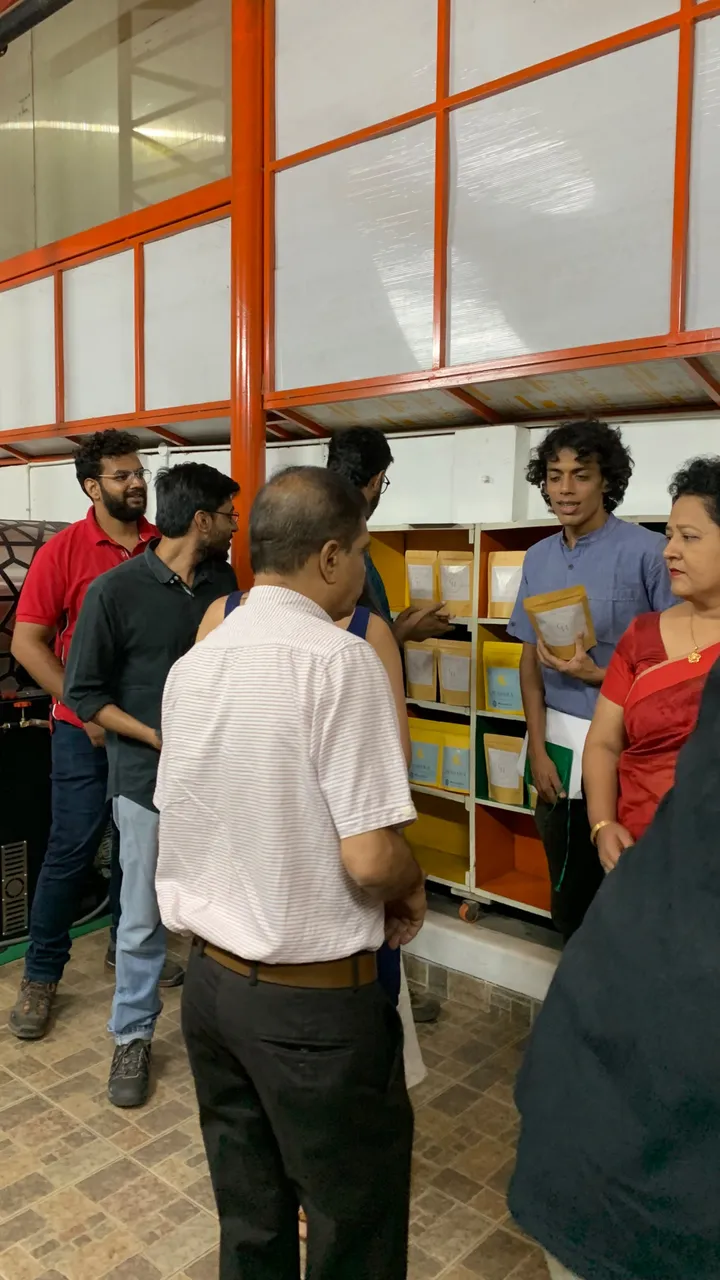
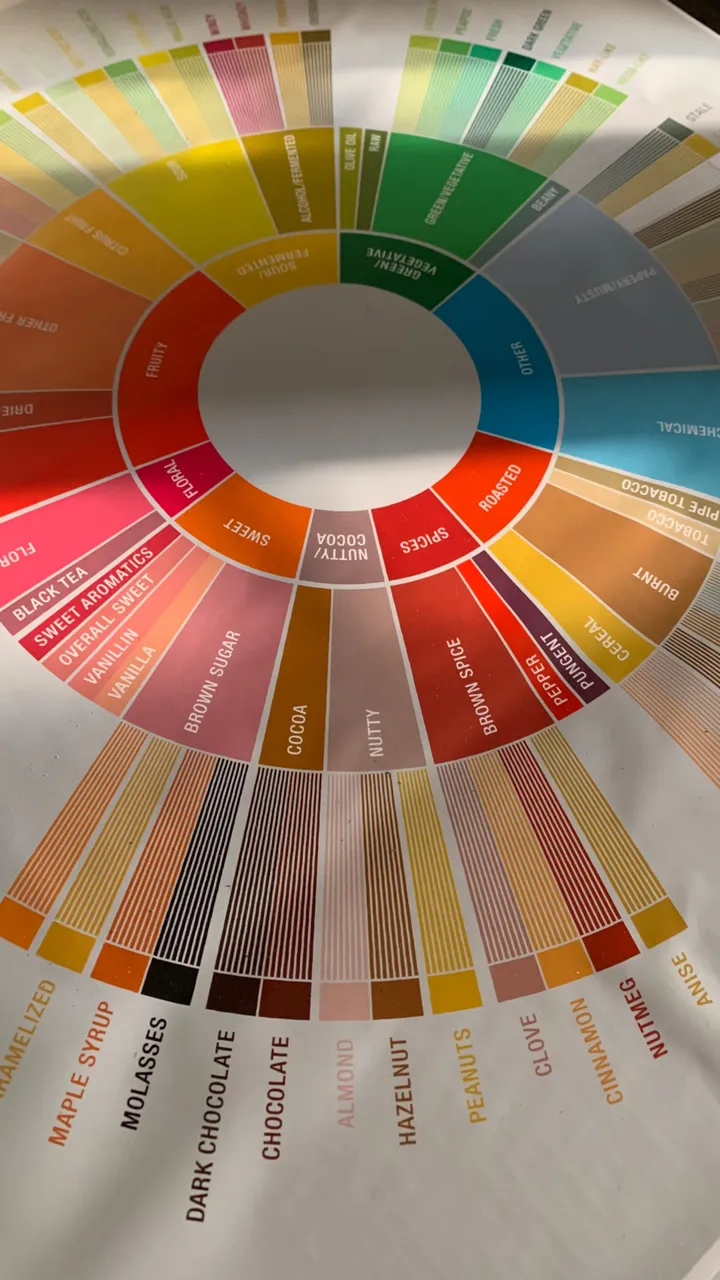
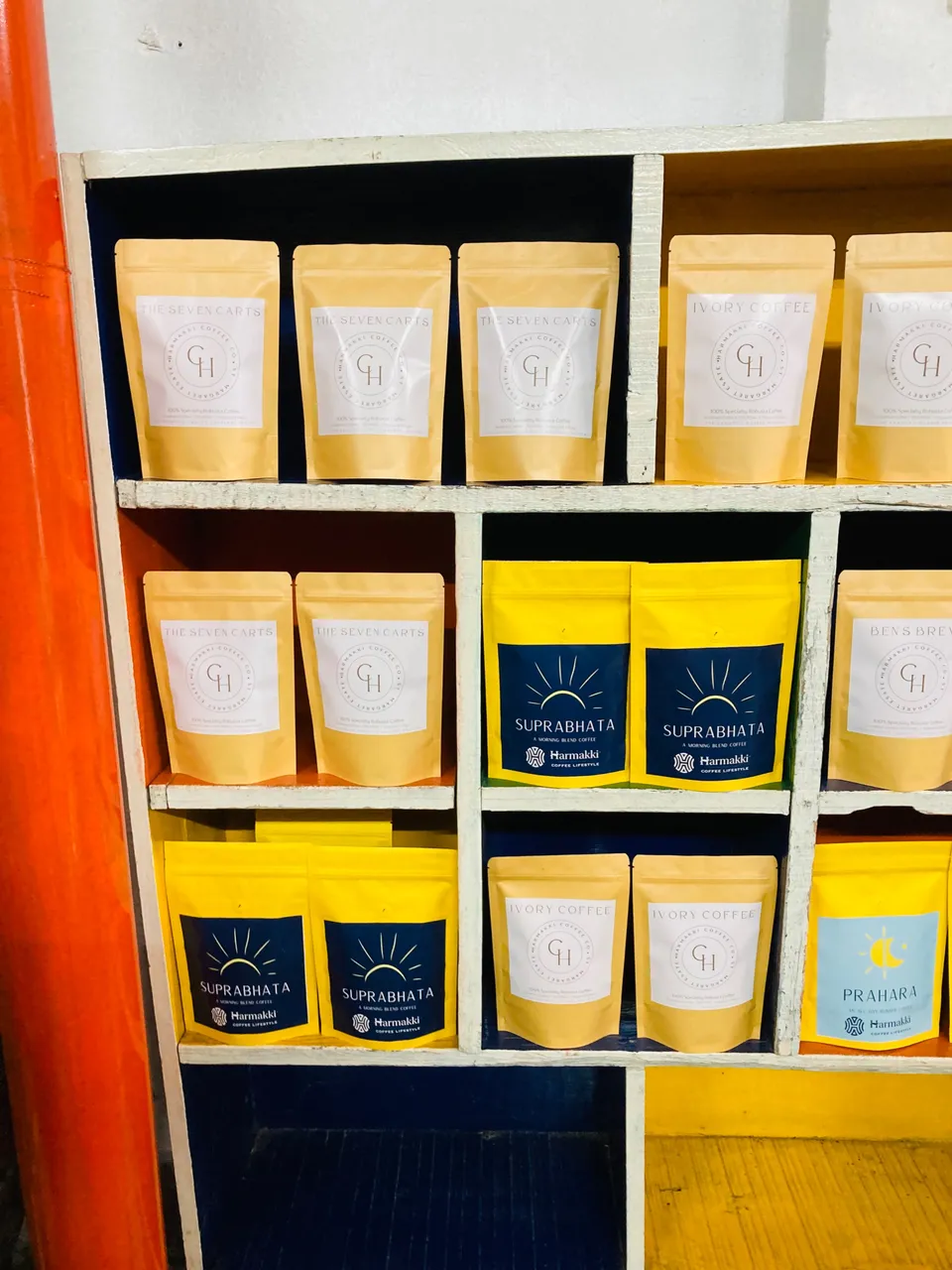
The background that you have been seen since the part of this post is packets of coffee that are sold by Harmakki coffee company. I just love how the packaging looks so evenly distributed, and almost of a similar design.
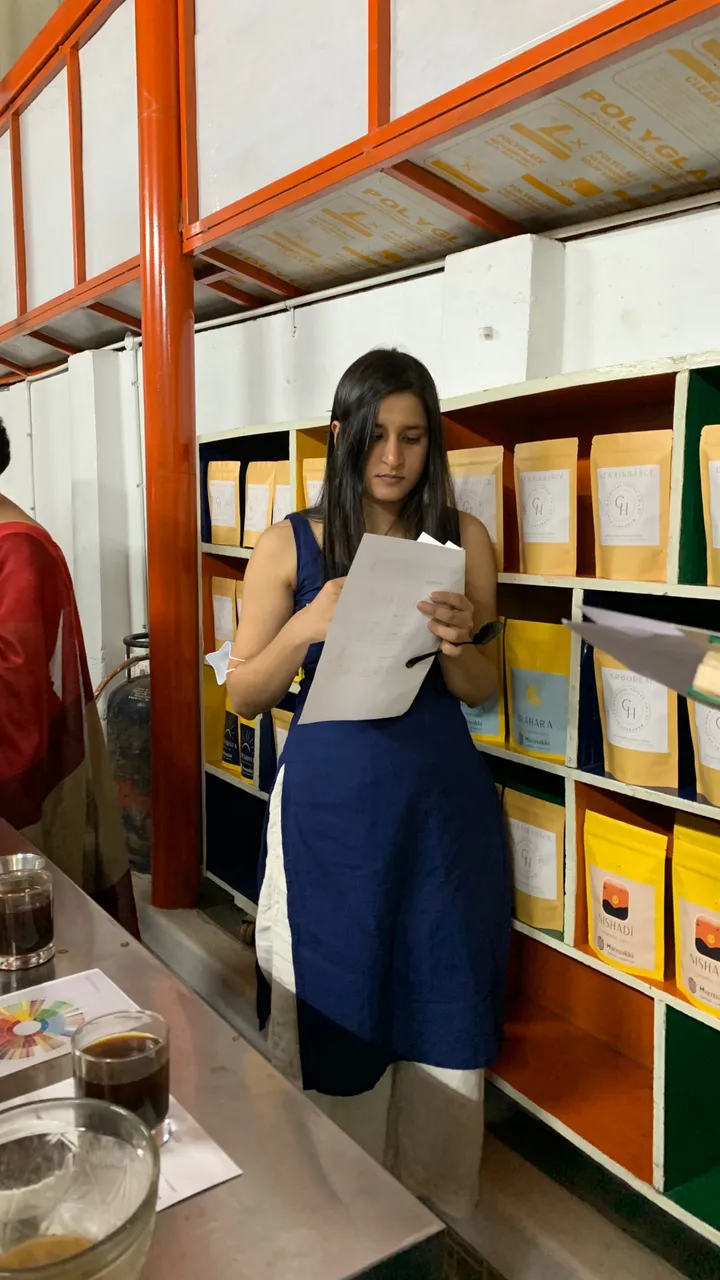
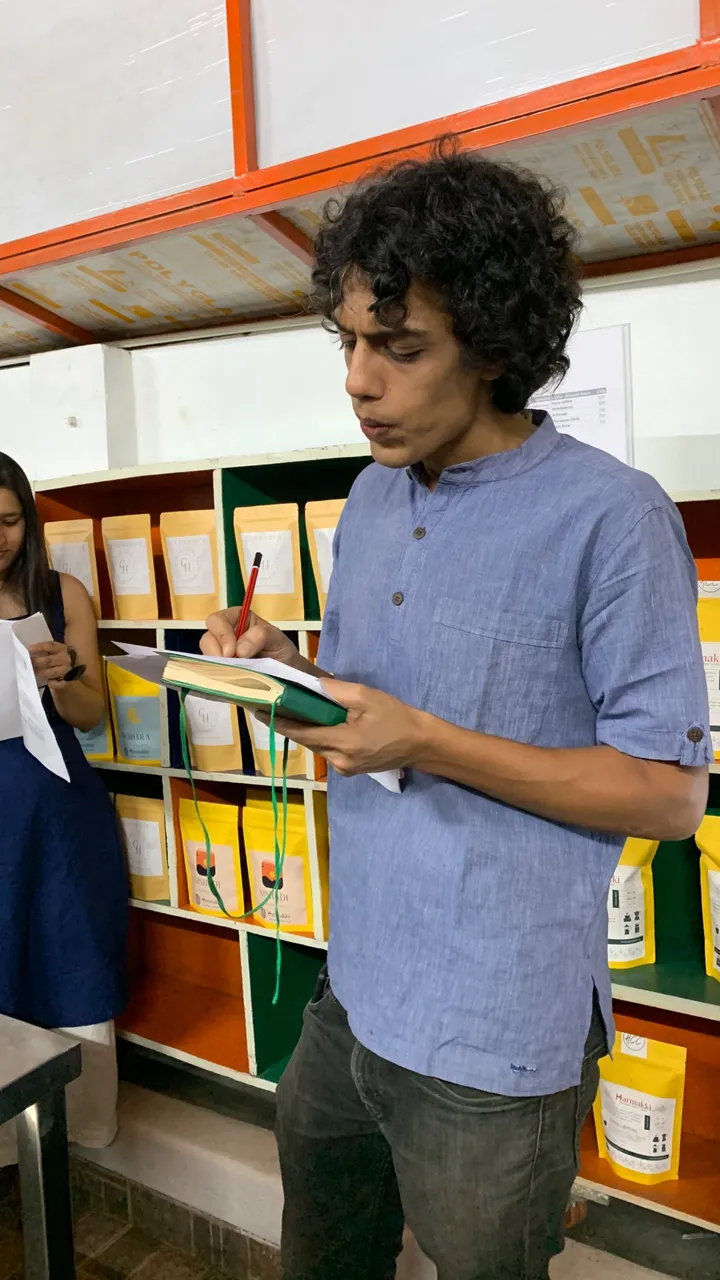
The event actually went on until seven, and a few passionate attendance stayed back until eight, eager to learn more about the varieties grow and the location of a farm.
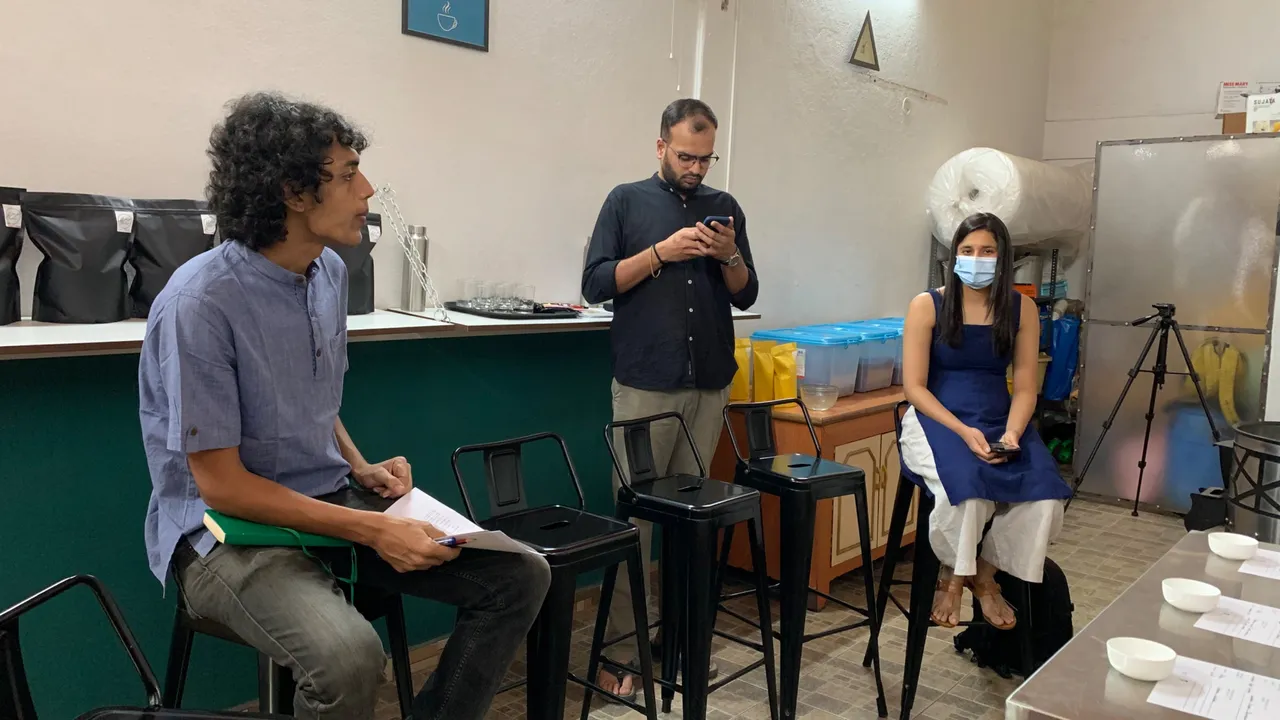
Here’s a little cupping guide for you guys,
if you want to try this at home.
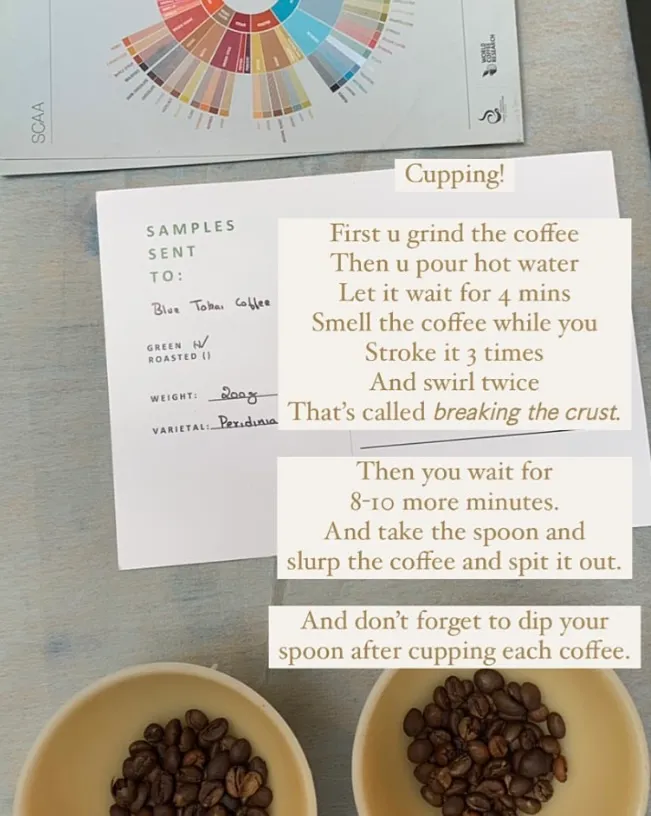
Would you like to know more on the cupping presentation, in my next post?
Let me know in the comments.

About Me:
Lynn Mascarenhas
A creative soul, crazy about photography and crafting Fine Robustas.Your coffee Planter, Processor and Event Planner. I'm into Wildlife and Photography. Knowing the intricacies of the processing is my interest.
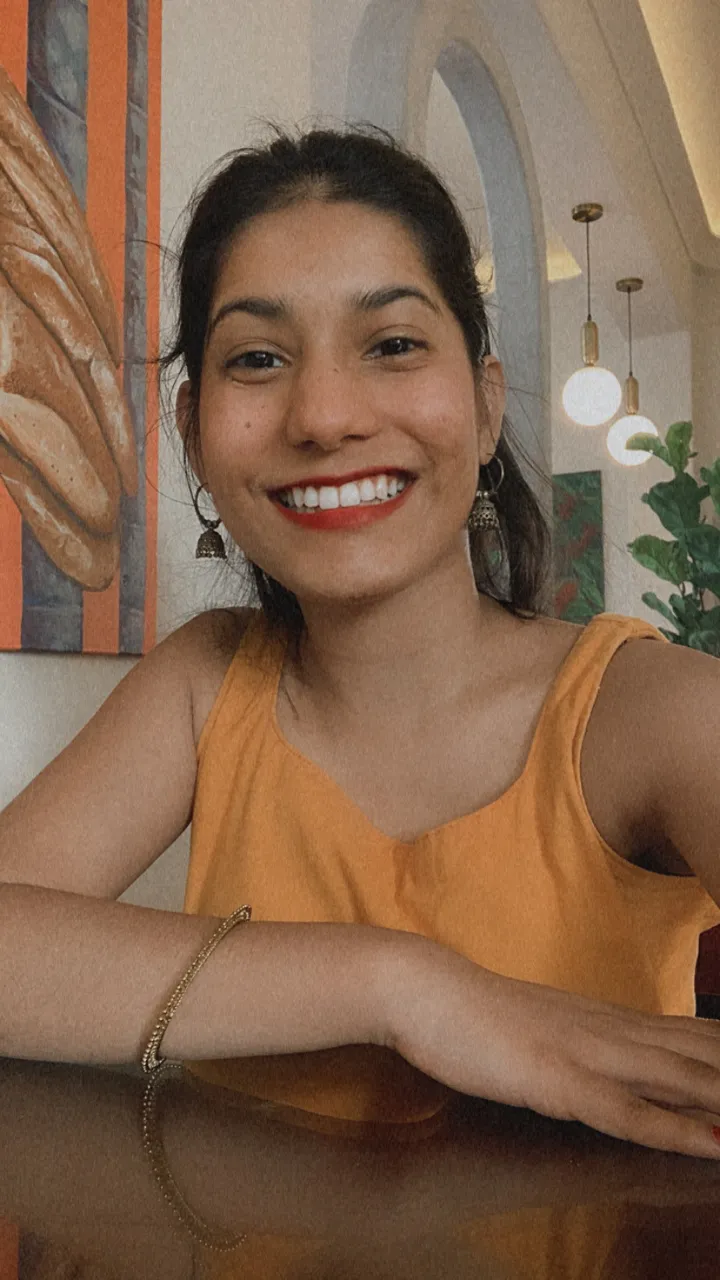
Hoping this content made you smile, then upvote a ❤️, follow and write a comment as I would love to know you.
Questions About Coffee Are Always Welcome!
Upvote, Comment, Repost And Follow If You Like My Work! Have A Great Day!